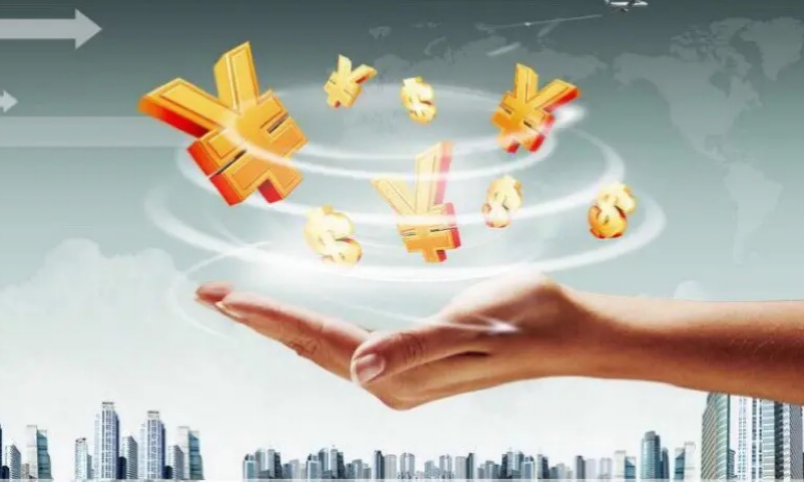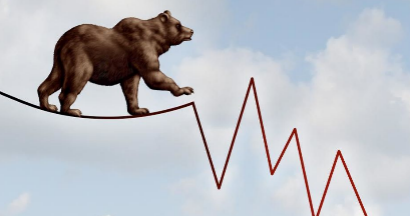P2P (peer to peer lending) literally means the loan between two equal people. It is a kind of private micro-lending mode that gathers small funds and lends them to people in need. It belongs to a kind of Internet financial products and is an online credit platform with the help of mobile Internet technology.
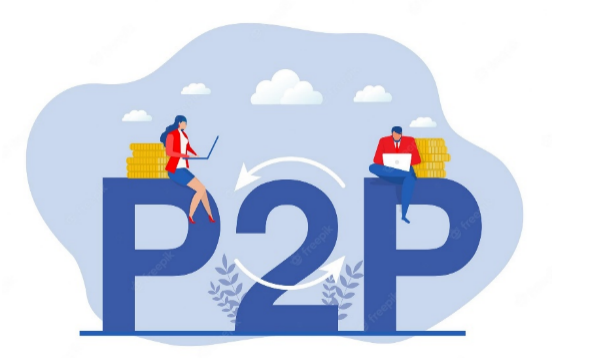
To put it simply, wealthy investors invest their own funds through a P2P loan platform, and the P2P loan platform lends the money to those who need it, and then the investors get higher return because of the high interest on the platform. The P2P loan platform only requires a certain amount of management fee.
For example:
Mike in London has $200,000 spare money that he wants to use for investment to make some profit, while David in Bath recently saw a new car that sells for $200,000, but he has no such a big amount of money for the time being. Therefore, he wanted to borrow some money to buy the car. But the two people, Mike and David, one in London and the other in Bath, were not near and they did not know each other, either. In such a situation, a P2P platform can function as an intermediary to satisfy both of their needs.
Therefore, they both came to the P2P platform for registration. Mike hopes that the interest rate will be higher because if so, he can get more income. David said that he does not mind borrowing money at a higher interest rate than that of the bank. Then, the platform put their needs online and through the platform, the two found that their needs were perfectly matched. In the end, Mike lent the money to David at an interest rate of 20%, and the P2P platform takes a bit service fee. Both parties are happy for their lending and borrowing. This is how a P2P network lending platform works.
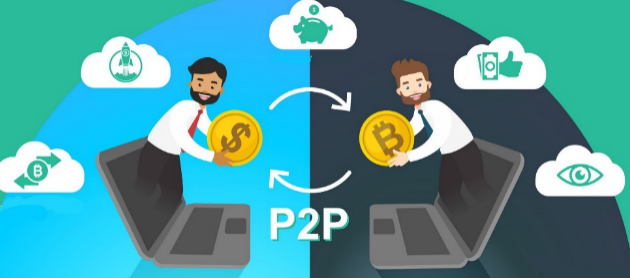
But you have to know that there is also investment risk on P2P platforms.
1. Short-term fraud. The platform may use the psychology of investors to make money quickly to attract customers to invest, and then abscond with the money before the first repayment cycle.
2. Ponzi scheme. The investor's money does not enter the hands of the real borrowers, but is controlled by the platform owner and shareholders. Finally, after the platform cannot support it or obtain sufficient income, the actual owner will abscond.
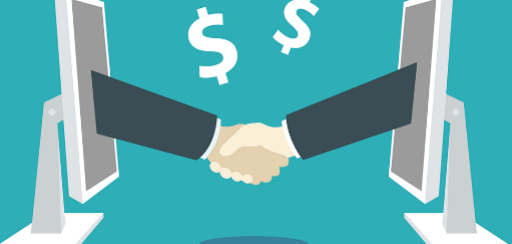
What to do to avoid risks as much as possible?
1. Improve risk awareness. The return of investment is proportional to the risk, and remember there is no financial product with high return and low risk.
2. Investment must be on the right track. Many investment channels that advertise high returns in the market are often operating illegally. Once there is a risk, they will pack up and leave, leaving you bankrupt.
3. Be rational while making investment. You have to understand your own financial ability and do not be ambitious; try to choose long-term investment, and don't blindly pursue quick money.
4. Sign investment contracts correctly, which will play a crucial role in protecting your rights once bad things happen.


